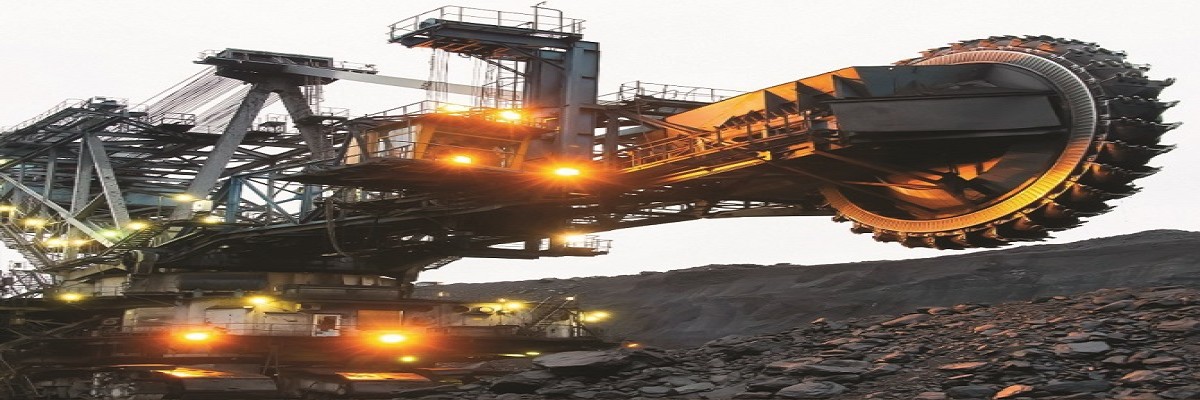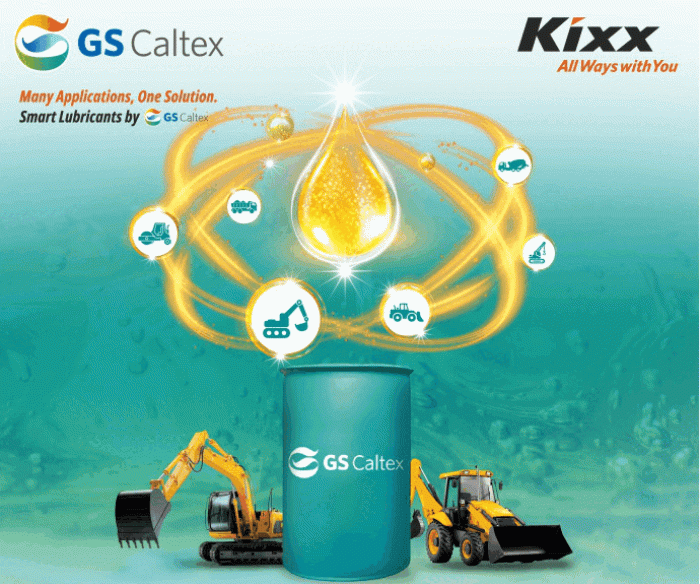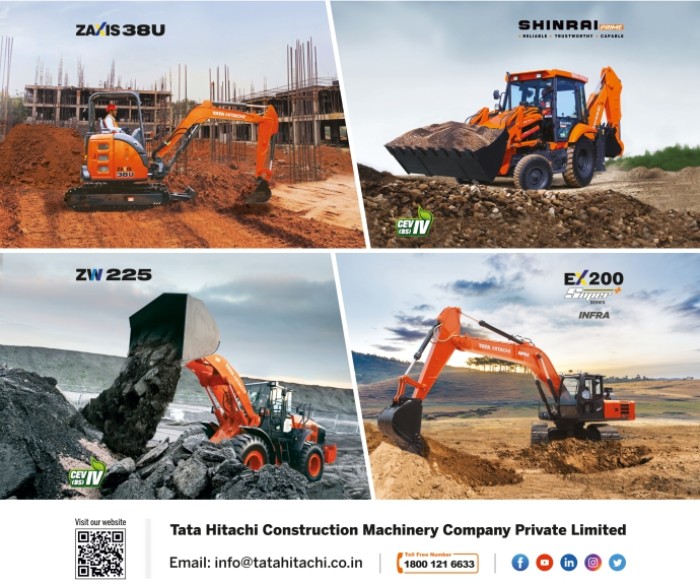The Use Of IoT & Modernization In Mining Industry
The mining industry is a challenging one. It's a filthy, risky, and challenging industry to work in. But it also supports millions of employment globally and is necessary for modern life. IoT technology has already significantly changed the mining industry. Equipment with IoT capabilities may monitor and charge batteries, measure flow rate and pressure, operate pumps, and more. This translates to time, expense, and financial savings for mining operations. With the help of IoT (Internet of Things) technology, it is now safer, healthier, and more effective than before. In reality, there are several fascinating modern advancements that will increase productivity while lowering expenses and enhancing worker safety. The extension of Internet connectivity to physical objects and ordinary items is known as the Internet of Things (IoT). These devices may interact and communicate with one another through the industrial Internet while also being monitored and controlled from a distance since they are equipped with electronics, Internet connectivity, and other types of technology. The concept of sustainable development (SD) has been crucial to mining operations and all other sectors of the economy. By interacting with household or commercial appliances through a network of interconnected devices, the Internet of Things (IoT) can help create real-time platforms for monitoring and operating a complex production system with little to no human intervention. This has made it possible to use the data gathered to increase production rate, optimize Net Present Value, improve worker and machine safety, and reduce pollution. Although most of us don't talk about mining much on a daily basis, it is an essential industry to modern living. Even though you might not consider that the jeans you wear every day or your morning cup of coffee were made possible by miners carving out an entire continent, these resources were once hand-digged and refined into items we use every day, and they are still being extracted today at great cost to both human lives and the environment. Due to the physical nature of mining, where the vast bulk of operations takes place underground or under the sea, the new equipment must be created expressly for these settings before they can be utilized efficiently elsewhere. IoT devices may now monitor conditions inside tunnels without the need for pricy equipment or deviating from conventional techniques like explosively boring through rock layers. Because mining is such a physically demanding profession, a lot of labor is needed. This may slow the adoption of new technology in mining. In addition, because mining is a relatively risky industry, it has been sluggish to adopt new technology. Because mining accidents can result in severe injury or death, employers are cautious about implementing new machinery and procedures that might be riskier than those now used by miners. Thanks to automated mining equipment and technologies, mining operations are today more productive and effective. By definition, mining is a risky and hazardous activity. Lack of working space, poor lighting, the buildup of hazardous waste and poisonous gases, metal, nonmetal, and toxic compound dust, radioactive materials, a lack of adequate air supply, the use of explosives, and unstable roofs all contribute to the riskiness of mining activities. Artificial intelligence, machine learning, and autonomous technology can be used to lessen the exposure of workers to hazardous subsurface and surface activities. Machines can continuously operate in hazardous situations while issuing warnings and alarms, autonomously monitoring the environment, and finding trouble spots. For the safe and effective extraction of ore in certain mining zones, some complex orebodies around the world require truly "human-less" operations. Zero entry mining is the practise of not allowing any people to enter the mining area. Zero-entry mining has the potential to turn significant quantities of mineral resources into ore reserves while also significantly increasing the value of marginal or unrecoverable ore deposits. Australia is currently driving the research and implementation of autonomous mining systems, where it has already shown improvements in productivity and safety
Importance of IoT in Mining
IoT facilitates greater communication between employees in the event of a separation or emergency. IoT technology gives employees a more effective way to communicate with one another and their managers. Text messaging, audio conversations, and video chats are just a few of the numerous ways you can do this. Face-to-face communication enables clearer understanding of what's happening at the mine site and how it affects the safety of your team members.Additionally, IoT technology enables remote monitoring of equipment status and even alarms when something goes wrong so that you are informed right away before issues become costly or dangerous. Making decisions based on this knowledge will enable you to deal with problems like a crowded elevator or an unexpected power outage in one region while another area is untouched but still vulnerable since it depends on electricity from another source. As a result, they can perform more effectively and safely. Smart technology also enables workers to communicate with both equipment and each other. Smart technology helps workers perform more effectively and safely by enabling them to communicate with both equipment and one another in addition to being more efficient. For instance, if a miner finds a weak spot or unstable rock while excavating it, they can inform others in the area via text message or voice command so that they can proceed with caution. This decreases downtime while also enhancing the security of the surrounding area and the miners themselves. Having access to real-time data on what is happening in the field at any given moment makes it easier for regulators to check compliance with regulations and ensure everything is operating as it should before anything goes wrong. IoT also assists businesses in adhering to environmental rules by gathering information on wind direction and speed, air quality, and toxins released by machinery. IoT also assists businesses in adhering to environmental rules by gathering information on wind direction and speed, air quality, and toxins released by machinery. They can take readings often with the aid of technology so that they can alert the authorities right away if a severe issue arises. Since IoT technology provides many advantages for both employees and business owners, the mining sector has been at the forefront of its deployment in recent years. For instance, in order to make safe judgments while operating underground or on-site at other locations, miners who handle heavy machinery must always have access to precise information about their surroundings (e.g., construction sites). Frequent readings are taken by automated devices so that businesses can alert authorities right away if a severe issue arises. With the help of IoT technology, you can use data to keep an eye on the environment and give the business up-to-date information. The gathered information is then examined to spot issues or areas that could use improvement. With the help of this procedure, businesses can make decisions swiftly and take the necessary action before situations spiral out of control. Companies can improve their efficiency in a variety of ways by utilising IoT. For instance, they can track vital signs like heart rate and breathing rate using wearables like smartwatches or fitness trackers to keep tabs on the health of their employees. This information can be utilised to spot possible problems before they develop into significant problems that could cause accidents or illnesses. While operating underground, the same technology aids corporations in adhering to environmental standards (e.g., reducing carbon emissions). All of this translates to less manual labour required, which reduces the chance of harm, as well as increased safety for workers who might not be aware of the true pressure inside mine shafts until an accident occurs. Frequent readings are taken by automated systems so that businesses can alert authorities right once if a severe issue arises at their mines (such as an explosion). Lives could be lost if a response is delayed.
Security issues with IIoT
Wireless technologies such as LTE, 5G, and Wi-Fi are used by IIoT devices. They also use low-power technology to ensure operating lifespan and cloud technologies for analytics and storage. These innovations enable the widespread adoption of IIoT devices at mining sites to assist autonomous mining or other procedures. However, IIoT devices frequently contain serious cybersecurity flaws that are exposed to security risks. Security flaws in IIoT devices are routinely exploited by cyber threat actors. Depending on its characteristics, each threat actor is different for a mining firm. Many mining firms own billions of dollars' worth of assets, many of which run vital infrastructure like water and power supplies. Mining corporations have exploratory information about potential mining assets, which, for instance, affects choices regarding investments in nearby infrastructure. As a result, a variety of cyberthreat groups, including nation states, cyberterrorists, and even disgruntled workers, show strong interest in these objectives. A wide variety of weaknesses in IIoT solutions are exploitable by external or internal threat actors, and the results can gravely harm physical assets and jeopardise people's health and safety. For instance, malevolent individuals could hack the sensors that are used to check the water levels in the tailings dam and alter the results to be lower than they should be. This may delay or obstruct an emergency response to a tailings water disaster, harming the environment and possibly putting lives in danger.
Monitoring systems for mining equipment assist make equipment more efficient, durable, and affordable
The majority of mines use management plans and software systems to control production, repair, and maintenance of equipment to ensure safe mine operations. Despite this, the mining industry is developing. New technologies like machine learning, analytics, artificial intelligence (AI), and the Industrial Internet of Things (IIOT) promise to boost output, lower operational expenses, boost performance, optimise operations, and more. You need access to data in order to benefit from this technological advancement. When data is immediately gathered from sensors in machinery and equipment and is analysed in accordance with pre-established operating efficiency standards, it can provide useful business insights. The monitoring and management of the geolocation, condition, and status of assets at the mine site, multi-site, or facility-level using tracking technologies like passive/ active RFID, BLE, LoRa, Wi-Fi, cellular, and satellite/ GPS is made possible by a number of different software, hardware, and hybrid technologies.
Turnkey solutions:
These solutions are frequently provided as turnkey systems and give extensive inventory knowledge into equipment, tools, and parts that are essential to missions. They enable businesses to detect items that may have gone missing and are obstructing process flow, as well as identify operational bottlenecks. These solutions allow for the reduction of labour costs, unforeseen expenses for asset management, inventory audits, losses from theft, duplication of purchases, and schedule slips brought on by problems with material availability. The mining sector faces numerous obstacles to overcome, such as the need to boost output while ensuring environmental sustainability. The efficient use of digital technology is enhancing operations and increasing efficiency for mining companies.
How modern mining and metals operations can benefit from wireless technologies, the Internet of Things, and sound cybersecurity procedures
Modern mining and metals enterprises are sophisticated, frequently highly automated, and have a lengthy history. It is becoming more and more necessary for operations to adapt to technological advancements, particularly faster and more dependable communications, due to current macroeconomic trends and corporate demands. Increased functionality is promised by the Industrial Internet of Things (IIoT), edge and cloud computing, 5G wireless communications, and other new technologies, but they also call for new security and governance strategies to safeguard the financial investments required to support them. Need for almost real-time data Businesses want communication and processing to occur effectively and with the least amount of carbon output feasible as sustainability increasingly guides the core decision-making processes, production activities, and the overall company. This translates to production that uses the least amount of energy and has the least negative effects on water quality and demand. Energy efficiency best practises are in high demand from shareholders and the general public due to their excellent environmental, social, and governance (ESG) principles. Fleet automation, decision automation, and pit production process optimization are all made possible by the essential communication infrastructure known as the edge network. With integrated planning, real-time fleet updates from drills, haul trucks, shovels, sensors, and unmanned aerial vehicles or drones, businesses can manage operations and maintenance through the edge network.
Remote mining and metals trends:
Because the activity is either hazardous or dispersed over a wide region, wireless communication is already widely used and continuing to expand in the mining and metals industries. For instance, robotics are used in numerous operations to increase efficiency and safety during the extremely hot smelting procedures used to create steel. Due to the weight and difficulty of handling these products, there is increased interest in autonomous robotic operations, including the management of in-process inventory. As these processes are added (through intelligent real-time scheduling) on top of brownfield applications and existing architectures in secondary steelmaking, they create new safety scenarios and challenges. These requirements for speed and custom-made production volumes and grades are increasingly affecting efficiency. The infrastructure for wireless communications is strained as a result. Efficiency issues are typically comparable in mines, and there are numerous production- and safetycritical devices that depend on a reliable wireless connection. Data connections are required for both traditional (crewed) heavy mobile equipment (HME) and autonomous or remote-controlled HME, such as drills, haul trucks, excavators, and dozers, as mining continues to enhance its level of automation.
















Leave a comment